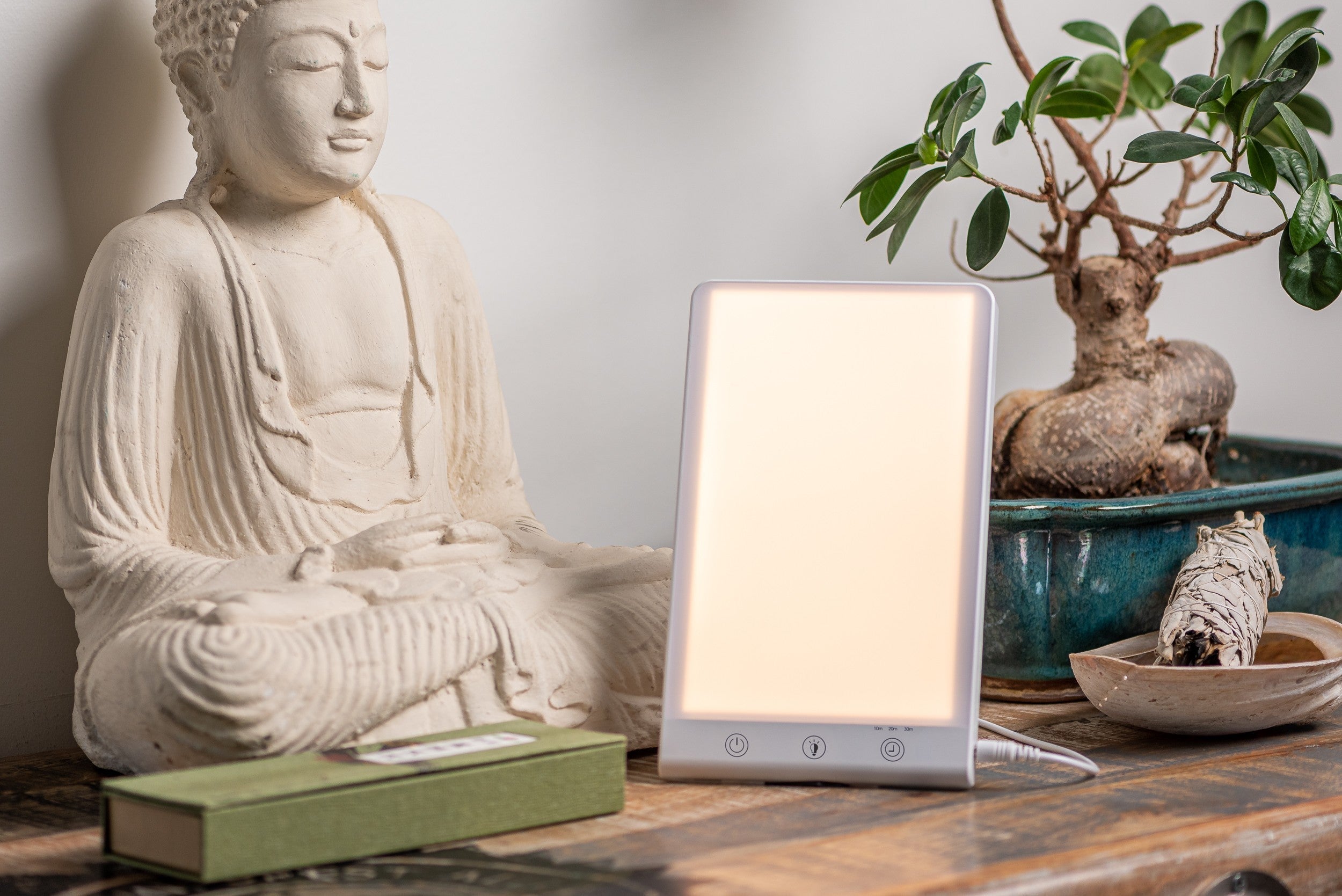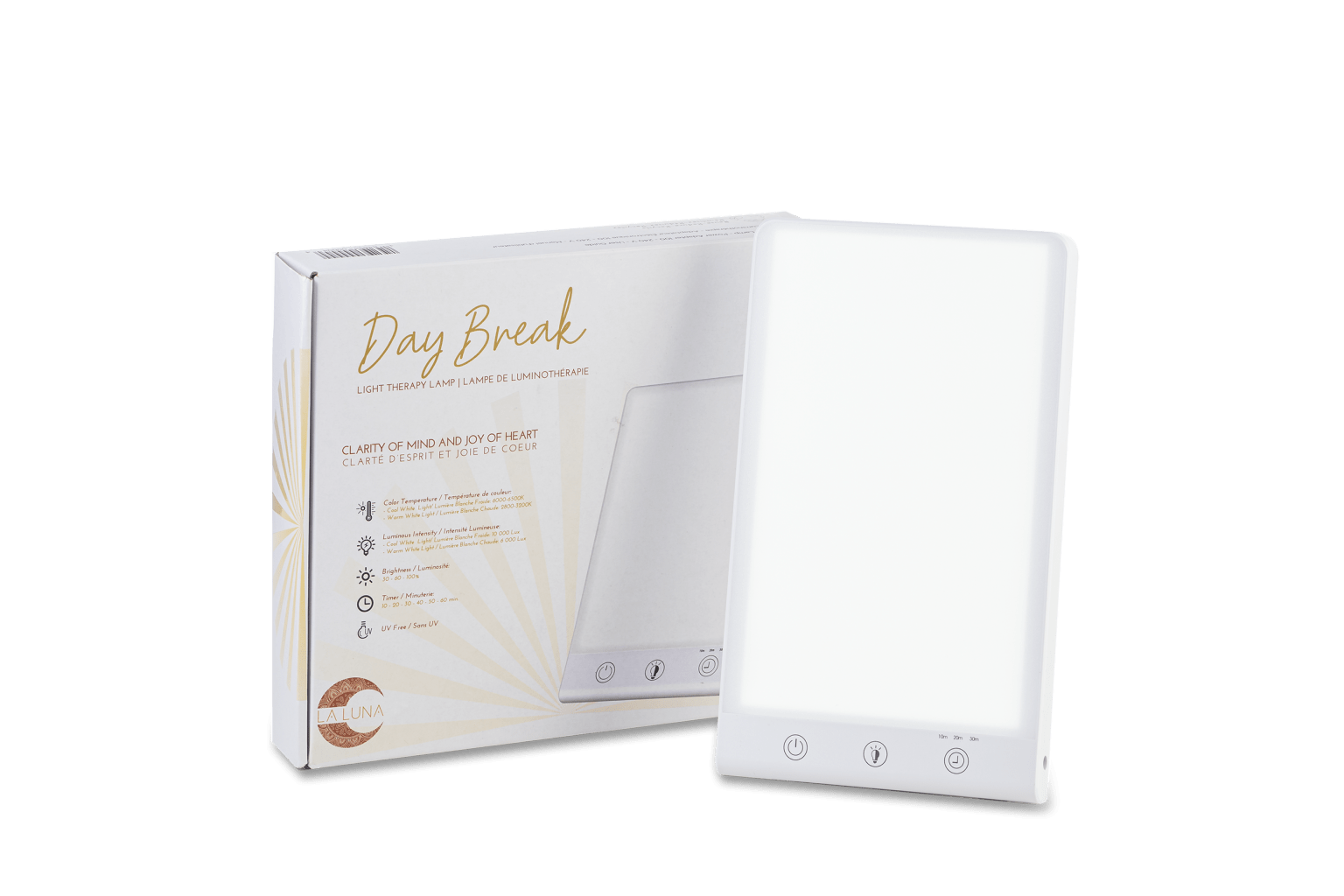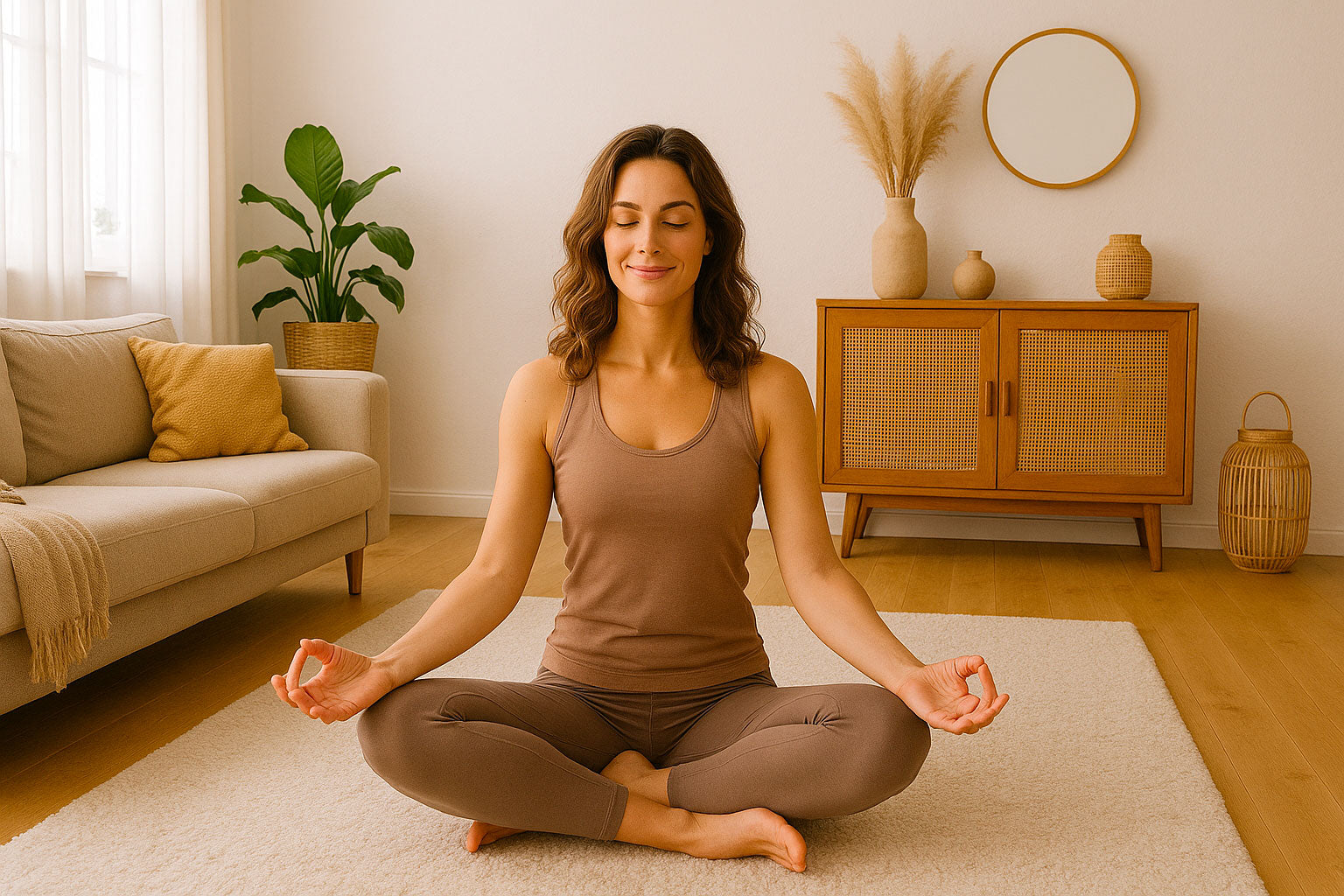


About our light therapy lamp
What is light therapy?
Also called phototherapy, it allows to compensate for the lack of light and to recover vitality and morale. It consists of exposing your body every day, preferably in the morning, for 30 minutes, to a light therapy lamp that diffuses a light of 2500 lux and more. This artificial light imitates the light of the sun to treat the problems caused by the lack of luminosity, i.e. the disorders associated with the disturbances of the internal biological clock.
It blocks melatonin, a hormone that triggers sleep, which is secreted abnormally during the day due to lack of exposure to light. And it increases the level of dopamine and serotonin, an “anti-stress” energy hormone. The balance between wakefulness and sleep is therefore restored. The balance between waking and sleeping is therefore restored.
What are the benefits of light therapy?
Exposing one's body to artificial light daily has numerous benefits for the organism. Light therapy could:
Prevent or fight seasonal depression: This syndrome appears in October or November (in autumn and winter) when outdoor clarity decreases. Seasonal depression spontaneously disappears in spring. It manifests as significant fatigue, increased appetite, depressive mood, excessive need for sleep, and has a detrimental effect on the biological clock. In this case, light therapy helps relieve symptoms of seasonal depression or winter blues.
Enhance mood: Phototherapy inhibits melatonin, the sleep hormone, and produces serotonin, the happiness hormone.
Treat depression: Researchers from the University of British Columbia in Canada have shown in a study that light therapy is also effective against "classic" depression. To reach this conclusion, they studied a control group of 122 patients with depression. This group was divided into 4 subgroups: the first was treated with medication only, the second only with a 2500 lux phototherapy lamp, the third with medication and light therapy, and the last with placebos only. After 8 weeks, the volunteers in the third group showed the most progress. They had received 30 minutes of phototherapy per day in addition to the standard drug treatment.
Improve sleep quality: Phototherapy could facilitate sleep. Exposure to artificial light allows the biological clock to be properly regulated and to regain a clear rhythm. This phenomenon results in quality sleep. During the day, daytime hormones are stimulated. As night falls, nighttime hormones take over and become active. This establishes a healthy fatigue and plunges the person into deep sleep. In short, this therapy combats all sleep disorders, including insomnia, daytime drowsiness, late sleep onset, early morning awakenings.
Combat jet lag: Extended wakefulness and jet lag disrupt the body's rhythm. Light therapy in this situation helps reset the internal biological clock to restore a normal rhythm. Exposure to white light allows the body to stay alert until evening. Once the light decreases in the evening, the body triggers the production of sleep hormones.
Have beautiful skin: Thanks to light therapy, each hormone is secreted at the right time of day. This phenomenon regulates the body's rhythm, thus providing energy, better sleep, and a healthy complexion.
Your ally against fatigue and lack of light
Discover our light therapy lamp, designed to recreate natural sunlight and give you a real boost of energy every day. Perfect for autumn and winter, this light therapy lamp helps fight seasonal fatigue, lack of motivation, and sleep issues caused by reduced daylight.

Why use a light therapy lamp?
Light therapy involves exposure to bright white light, similar to daylight. By using a light therapy lamp for just a few minutes a day, you stimulate the production of serotonin, the “feel-good” hormone, and help regulate your circadian rhythm.

The lack of light in winter
In winter, days are shorter, natural light is scarce, and many people experience a drop in mood, motivation, and energy. This lack of brightness directly affects our biological clock and can cause what’s known as the winter blues or seasonal affective disorder (SAD). A light therapy lamp is a natural and effective way to make up for this light deficiency and restore balance and vitality.

The benefits of our light therapy lamp
✔ Reduces winter fatigue and improves mood.
✔ Enhances sleep quality by naturally regulating your body’s rhythm.
✔ Boosts focus and energy throughout the day.
✔ Helps prevent winter blues and seasonal affective disorder (SAD).





